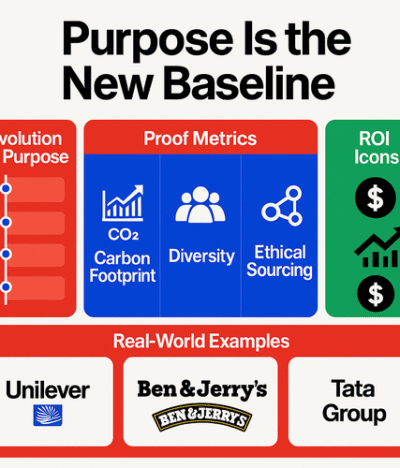Social media was once just about connections, conversations, and content sharing. But by 2025, it has transformed into something much bigger—social media has become a retail channel, where platforms like Instagram, TikTok, and Facebook serve as marketplaces that let consumers not only discover but also purchase products directly within the app. This shift has blurred the line between advertising and e-commerce, giving brands unprecedented access to customer wallets.
For businesses, the question is no longer “Should we sell on social media?” but “How do we optimize social media as a retail channel?”
At Mana Communications, we help brands embrace this transformation and turn every post, story, and video into a revenue driver.
Why Social Media Became Retail
Several key trends explain this transformation:
- Platform-Integrated Shopping Features
Instagram Checkout, TikTok Shop, and Facebook Marketplace make it seamless to buy without leaving the app. - Consumer Behavior Shift
Social platforms are now the first stop for product discovery. According to Statista, over 76% of consumers have purchased products they discovered on social media (source). - The Power of Influencers
Audiences trust creators more than traditional ads. Social commerce leverages that trust to convert recommendations into purchases instantly.
How Brands Can Adapt
1. Create Shoppable Content
Static posts are outdated. Brands must create content that encourages interaction and buying. Examples include:
- Instagram product tags
- TikTok shoppable videos
- Pinterest product pins
This ensures customers move from “I like this” to “I bought this” in just one click.
2. Invest in Social Commerce Ads
Organic reach is declining, but paid ads with integrated shopping options are booming. Social commerce ads allow businesses to:
- Showcase product collections
- Retarget warm leads
- Drive direct conversions
At Mana Communications, we design campaigns that aren’t just scroll-stoppers but purchase-triggers.
3. Leverage Influencer Partnerships
The influencer economy fuels social commerce. Collaborating with micro-influencers who align with your brand can increase authenticity and trust. Unlike celebrity endorsements, micro-creators often deliver higher engagement rates and better ROI.
4. Prioritize Customer Experience
Selling on social media isn’t just about pushing products. It’s about building relationships. Brands should:
- Offer instant customer support via DMs
- Reward loyal followers with exclusive offers
- Use polls, quizzes, and lives to keep the interaction human
5. Track the Right Metrics
Success in social retail isn’t measured by likes—it’s measured by conversions, average order value (AOV), and customer retention. Transitioning from vanity metrics to value-driven KPIs ensures long-term growth.
Case Studies: Social Media as Retail in Action
- TikTok & Fashion Brands: Emerging labels are selling out collections within days through TikTok Shop campaigns.
- Instagram & Beauty: Sephora leverages Instagram Checkout to reduce drop-offs and streamline the customer journey.
These cases prove that social media isn’t just a branding platform anymore—it’s a direct sales engine.
Future of Social Commerce: What’s Next?
The next evolution will include:
- AI-powered shopping assistants recommending products based on browsing habits.
- AR try-ons allowing users to test clothing, makeup, or furniture virtually before purchase.
- Decentralized commerce where platforms integrate blockchain for more transparent transactions.
Conclusion
Social media isn’t social anymore—it’s retail. Brands that cling to the old model of engagement without commerce will fall behind. The winners will be those who create shoppable content, embrace influencers, invest in paid campaigns, and deliver customer-first experiences.
At Mana Communications, we help brands transform their social platforms into profitable storefronts. Because in 2025, every scroll is an opportunity—and every post can be a sale.



